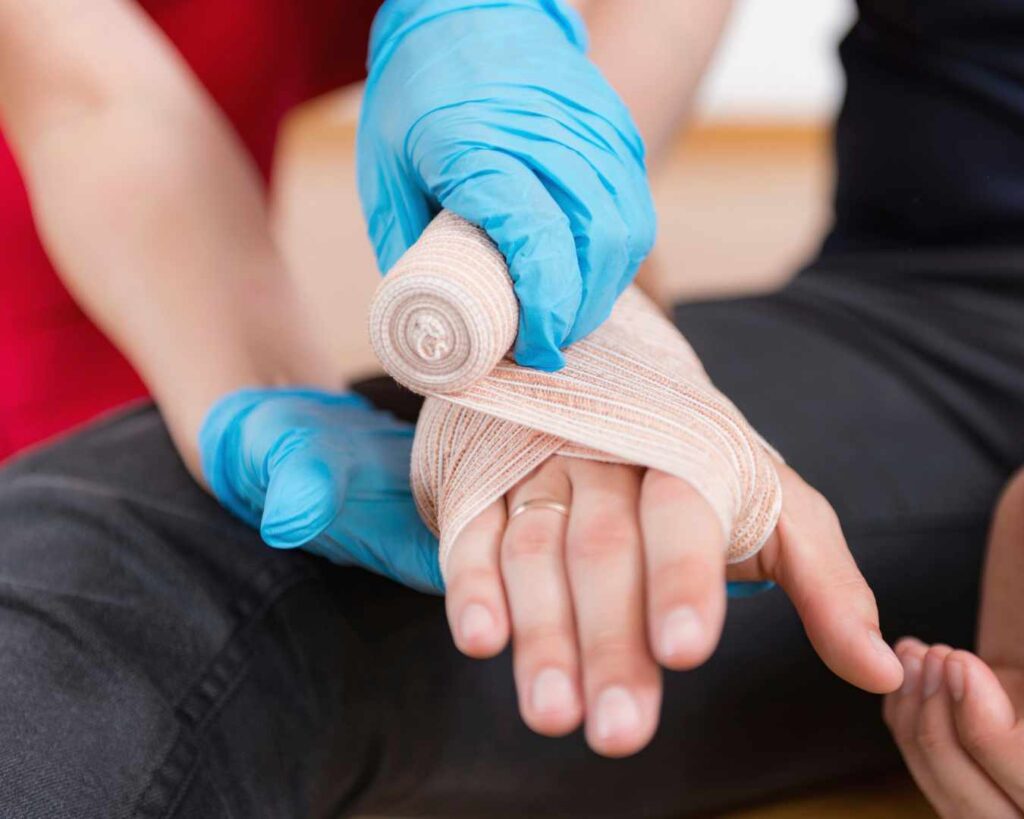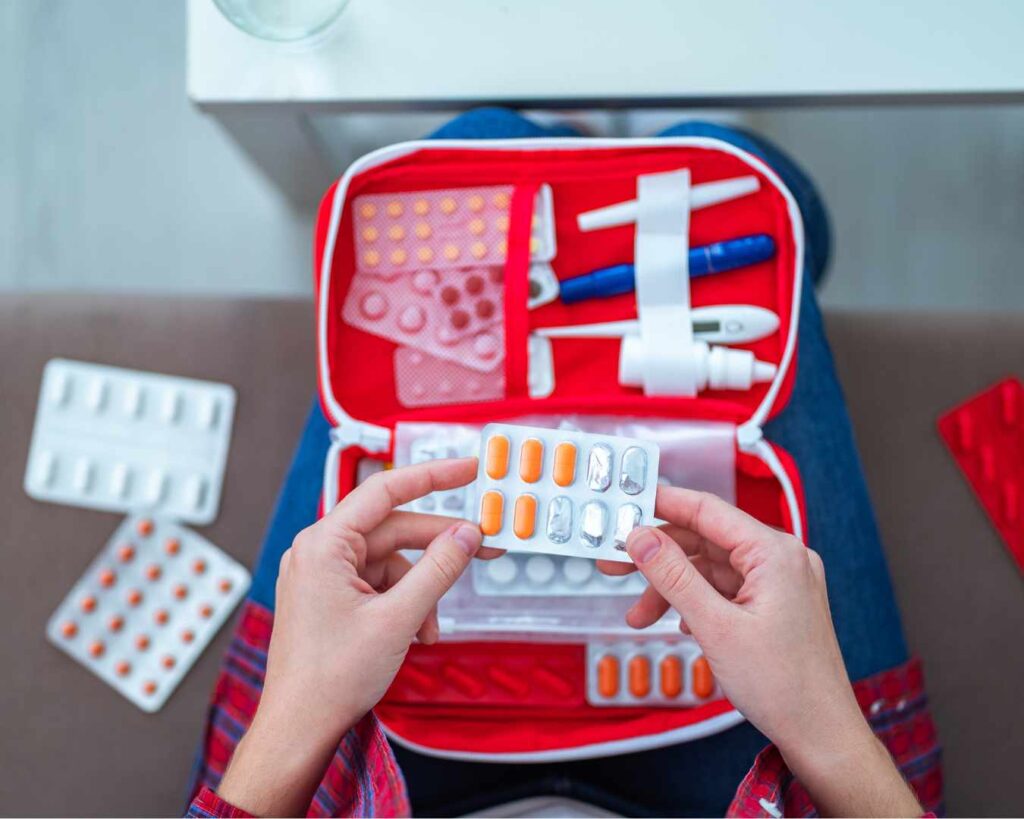First Aid in the Kitchen: Essential First Aid Knowledge for Dealing with Common Kitchen Injuries
The kitchen is often referred to as the heart of the home, but it’s also a place where accidents can happen. From minor cuts and burns to more serious injuries, knowing how to handle common kitchen mishaps is crucial for ensuring safety and quick recovery. This guide provides essential first aid knowledge to help you manage typical kitchen injuries effectively.
Cuts and Lacerations
Immediate Action:
- Clean the Wound: Rinse the cut under cool running water to remove any debris. Avoid using soap directly on the wound.
- Apply Pressure: Use a clean cloth or bandage to apply gentle pressure to stop bleeding.
- Disinfect: Once bleeding has stopped, apply an antiseptic to prevent infection.
- Cover the Wound: Use a sterile bandage or adhesive strip to protect the cut. Change the bandage daily and keep the area clean.
When to Seek Medical Attention:
- If the cut is deep, won’t stop bleeding, or is caused by a contaminated object.
- If you notice signs of infection, such as increased redness, swelling, or pus.
Burns
Immediate Action for Minor Burns (First-Degree Burns):
- Cool the Burn: Run cool (not cold) water over the burn for 10-15 minutes to reduce heat and pain. Avoid using ice, as it can worsen the injury.
- Cover the Burn: After cooling, cover the burn with a sterile, non-stick bandage. Avoid applying ointments or greasy substances, which can trap heat.
For More Serious Burns (Second-Degree and Third-Degree Burns):
- Do Not Remove Clothing: If clothing is stuck to the burn, do not attempt to remove it. Instead, cover the burn with a clean, dry cloth.
- Seek Immediate Medical Help: For extensive burns or burns covering a large area, seek professional medical attention immediately.

Cuts and Scrapes from Sharp Objects
Immediate Action:
- Clean and Disinfect: Rinse the wound under cool water and use a mild soap to cleanse. Apply an antiseptic to prevent infection.
- Apply a Bandage: Use a sterile bandage to cover the wound and prevent contamination.
When to Seek Medical Attention:
- If the wound is deep, won’t stop bleeding, or shows signs of infection.
Slips and Falls
Immediate Action:
- Assess for Injuries: Check for any signs of injury, such as pain, swelling, or bruising. Rest and avoid putting weight on any injured areas.
- Apply Ice: Use an ice pack wrapped in a cloth to reduce swelling and pain. Apply for 15-20 minutes every hour as needed.
When to Seek Medical Attention:
- If you experience severe pain, difficulty moving, or if you suspect a fracture.

Kitchen Fires
Immediate Action:
- Use a Fire Extinguisher: For small grease fires, use a Class K fire extinguisher or cover the fire with a metal lid or pan to smother the flames. Do not use water, as it can spread the fire.
- Evacuate and Call Emergency Services: If the fire is large or spreading, evacuate immediately and call emergency services.
Prevention Tips:
- Keep a fire extinguisher accessible in the kitchen.
- Avoid leaving cooking unattended and keep flammable materials away from heat sources.
Choking
Immediate Action:
- Perform Heimlich Maneuver: If someone is choking and unable to breathe, perform abdominal thrusts (Heimlich maneuver) to expel the object. Make sure to follow proper technique and call for emergency help if needed.
When to Seek Medical Attention:
- If the person remains unable to breathe, or if there are any complications after the object is expelled.
Being prepared with basic first aid knowledge can make a significant difference in handling kitchen injuries effectively. By knowing how to manage cuts, burns, slips, and other common mishaps, you can ensure a safer cooking environment for you and your loved ones. Always remember that in more serious cases, professional medical help is essential.

